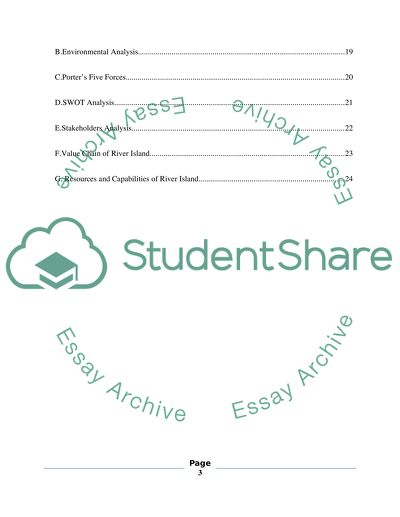Cite this document
(“Strategy and the Management of Change Essay Example | Topics and Well Written Essays - 2000 words”, n.d.)
Strategy and the Management of Change Essay Example | Topics and Well Written Essays - 2000 words. Retrieved from https://studentshare.org/english/1436426-strategy-and-the-management-of-change
Strategy and the Management of Change Essay Example | Topics and Well Written Essays - 2000 words. Retrieved from https://studentshare.org/english/1436426-strategy-and-the-management-of-change
(Strategy and the Management of Change Essay Example | Topics and Well Written Essays - 2000 Words)
Strategy and the Management of Change Essay Example | Topics and Well Written Essays - 2000 Words. https://studentshare.org/english/1436426-strategy-and-the-management-of-change.
Strategy and the Management of Change Essay Example | Topics and Well Written Essays - 2000 Words. https://studentshare.org/english/1436426-strategy-and-the-management-of-change.
“Strategy and the Management of Change Essay Example | Topics and Well Written Essays - 2000 Words”, n.d. https://studentshare.org/english/1436426-strategy-and-the-management-of-change.


